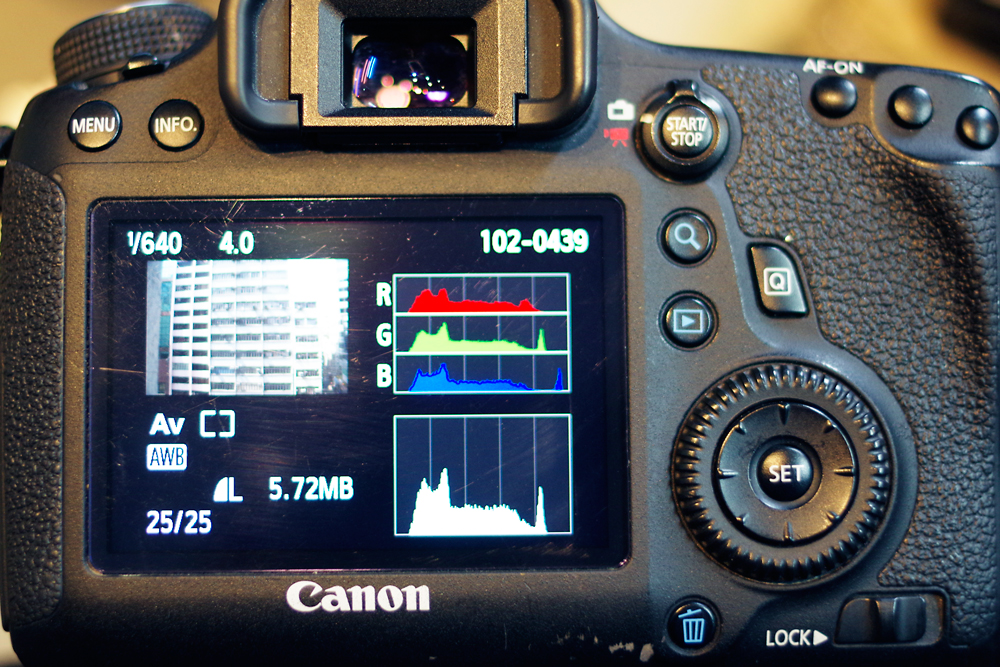If you have taken a photo outdoors, more often than not the photograph results in the dimly lit areas being shrouded in a shadow and the brighter areas being full of light.
Dynamic Range refers to the total amount of light when being captured in a picture. It is basically a measurement of the difference between the brightest and the darkest part of an image. When you take a photograph it is important to control the dynamic range to make sure there are no areas that are too bright or too dark.
Dynamic range is important because it helps you understand the type and kind of images you can take at any particular time.
For example, if you have to shoot in the afternoon on a sunny day then your images will have a high dynamic range. This is due to the bright light and dark shadows that are present at that time of the day.
Pictures shot in bright light and those that have a lot of contrast have a high dynamic range. Like this person facing the window.

Similarly, if you shoot after sunset the dynamic range is low due to low light and contrast. This picture below has a low dynamic range as it doesn’t have much contrast and brightness.

But how do you find out how much contrast and brightness are in your image more efficiently?
The best way for judging the dynamic range of a scene (other than your eyes) is your camera’s histogram. It’s basically a digital bar that displays the levels of exposure in each photo you take.

The shadows are on the left, and the mid-tones are on the middle and the highlights are on the right. They determine the exposure of your photograph.
Understanding how a histogram works is not hard at all. You need to match the darkest parts of a picture and the lightest parts with the histogram.


